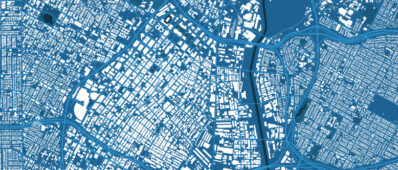Abstract
This research deals with demand for automobiles and light-duty and medium-duty trucks. Planners concerned with energy consumption, air quality and the provision of transportation facilities must have dependable forecasts of vehicle ownership and use from both the residential (personal-use vehicle) sectors and the fleet (commercial and governmental) sectors. As long as vehicles evolved slowly, it was possible to base such forecasts on extrapolations of observed demand. However, in an era of increasing environmental awareness, mandated in part by the U.S. Clean Air Act Amendments (US EPA, 1990), government agencies are now concerned with promoting clean-fuel vehicles; vehicle manufacturers are faced with designing and marketing clean-fuel vehicles; and suppliers of fuels other than gasoline must plan infrastructure and pricing policies.
In California, and potentially also in a number of Northeast States, stringent vehicle emission standards have been adopted or proposed and specific zero-emissions and ultra-low-emissions vehicle mandates are in place. The California Air Resources Board (CARB) requires that new cars sold in the state emit 80 percent less hydrocarbons by the year 2000, and 50 to 75 percent less carbon monoxide and nitrogen oxide. CARB has also mandated the production and sale of zero-emission (presumably electric) vehicles, beginning with 2 percent of annual car sales in 1998 and increasing to 10 percent in 2003. Elsewhere in the United States, clean-air and fuel management legislation (U.S. DOE, 1994) specifically targets fleets as markets for clean-fuel vehicles. Research is needed to establish the extent to which there is demand for clean-fuel vehicles. In reaction to this need, the Southern California Edison Company and the California Energy Commission is sponsoring a project to develop a dynamic demand forecasting model for clean-fuel vehicles in California. In this paper we briefly describe the forecasting system being developed and summarize some preliminary results.



